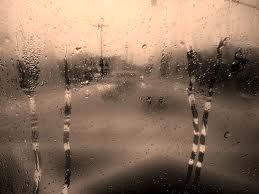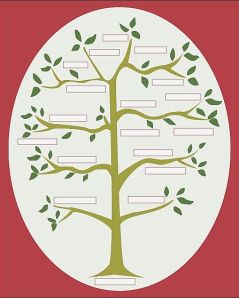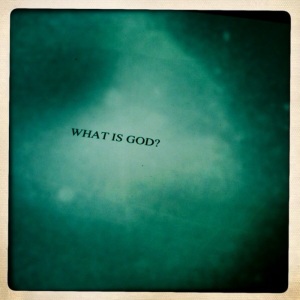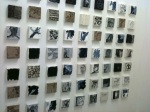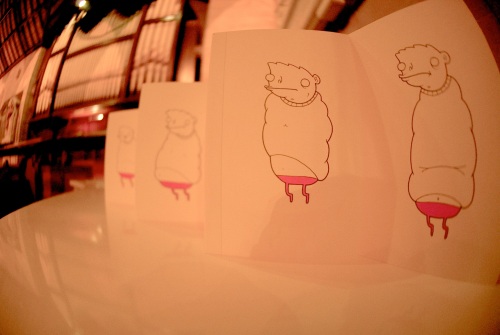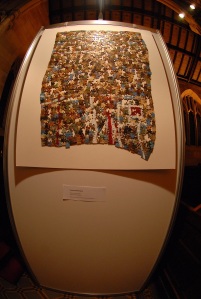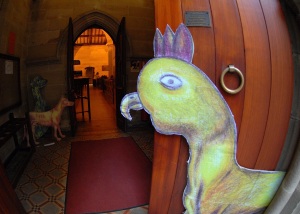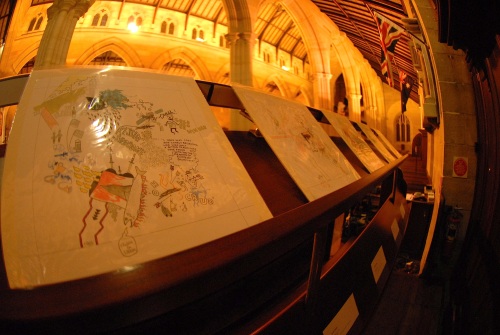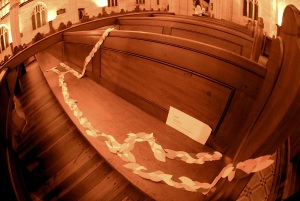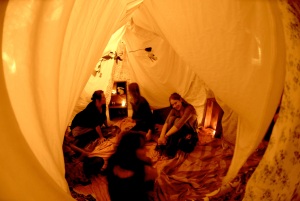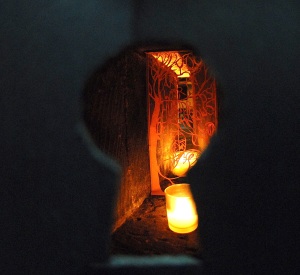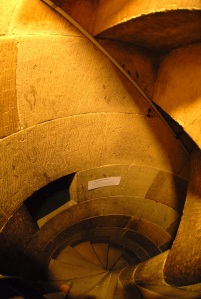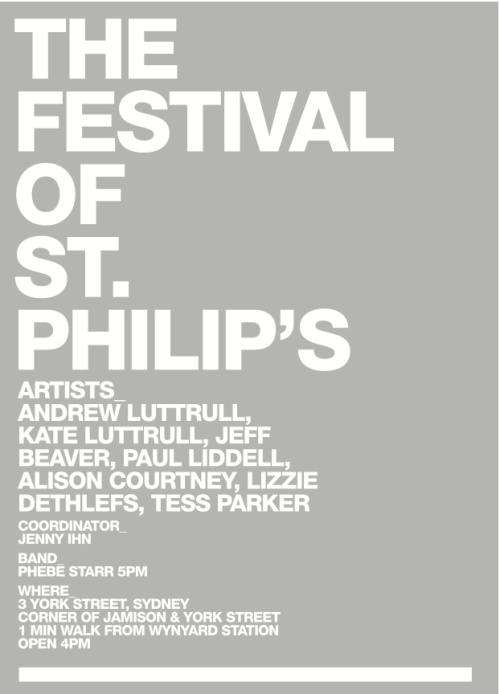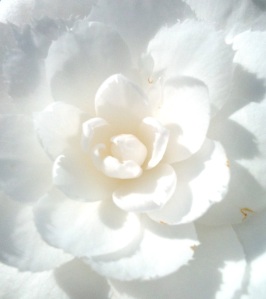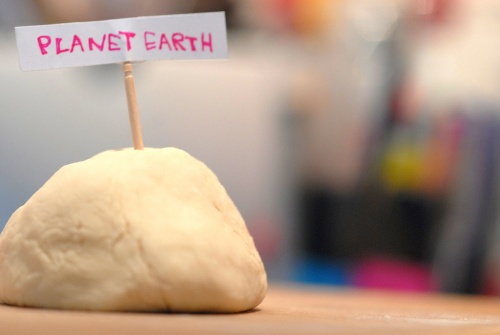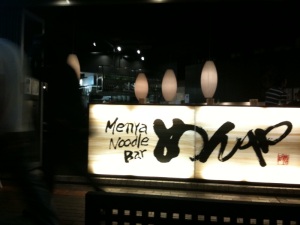Mark Rothko and Lee Ufan are two of my favorite artists. I ‘love’ their works. For the record, Rothko represented America to the world at the Venice Biennale in 1970 and also was a key leader of the American Abstract Expressionist movement during the 60 and 70s in New York. Also, Lee Ufan, a contemporary artist, is currently showing his works at the prestigious Guggenheim till September the 28th, 2011. There is no doubt that both artists are highly influential in the art world. They have influenced others and me personally, not only through their paintings but also through their writings on art.
At the moment, I’m working my way through both of their writings. I’m learning a lot. But at the same time, I am a little unsettled because they misrepresent Christianity. Both Rothko and Lee Ufan, mention Christianity but not the one as I know it. This is not to say that I’ve got it right. I am sure that I too have blind spots. But I do think that there are fundamental blocks to Christianity that can be and should be voiced and told accurately.
For example, Lee Ufan says:
In Christianity, the tendency to respect the spirit and denigrate the flesh is an expression of the view of the non-existence of the outside world.
It is quite obvious to me that Jesus the centre of my Christian faith embraced the physical reality of our material existence rather than doing the opposite as Lee states. One day, I would love to tell Lee Ufan that Christianity, as he does, values the material world and wonders at it’s power.
It is my prayer that I and also the artists at York Street Anglican, those in our city and indeed the world who confess Jesus as their Lord, will at least have the concern, courage and pride to guard the reputation of the one they love and belong to.
